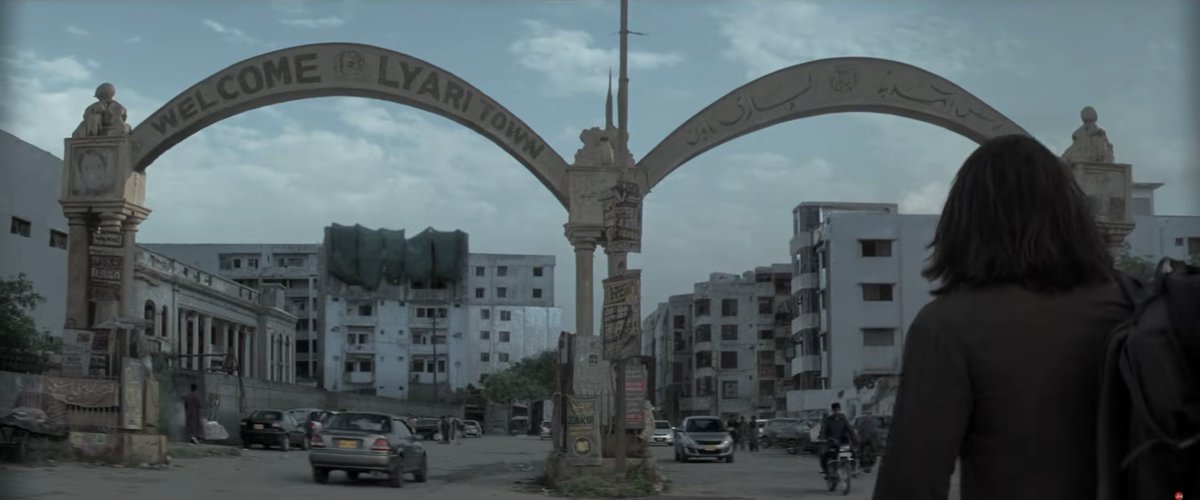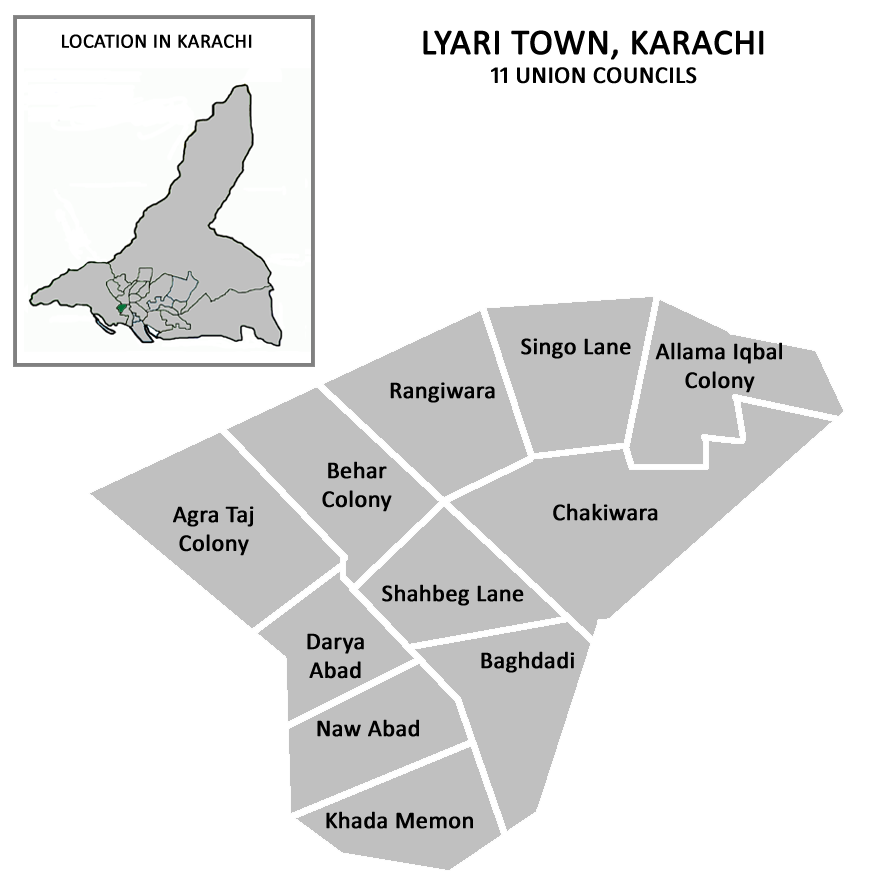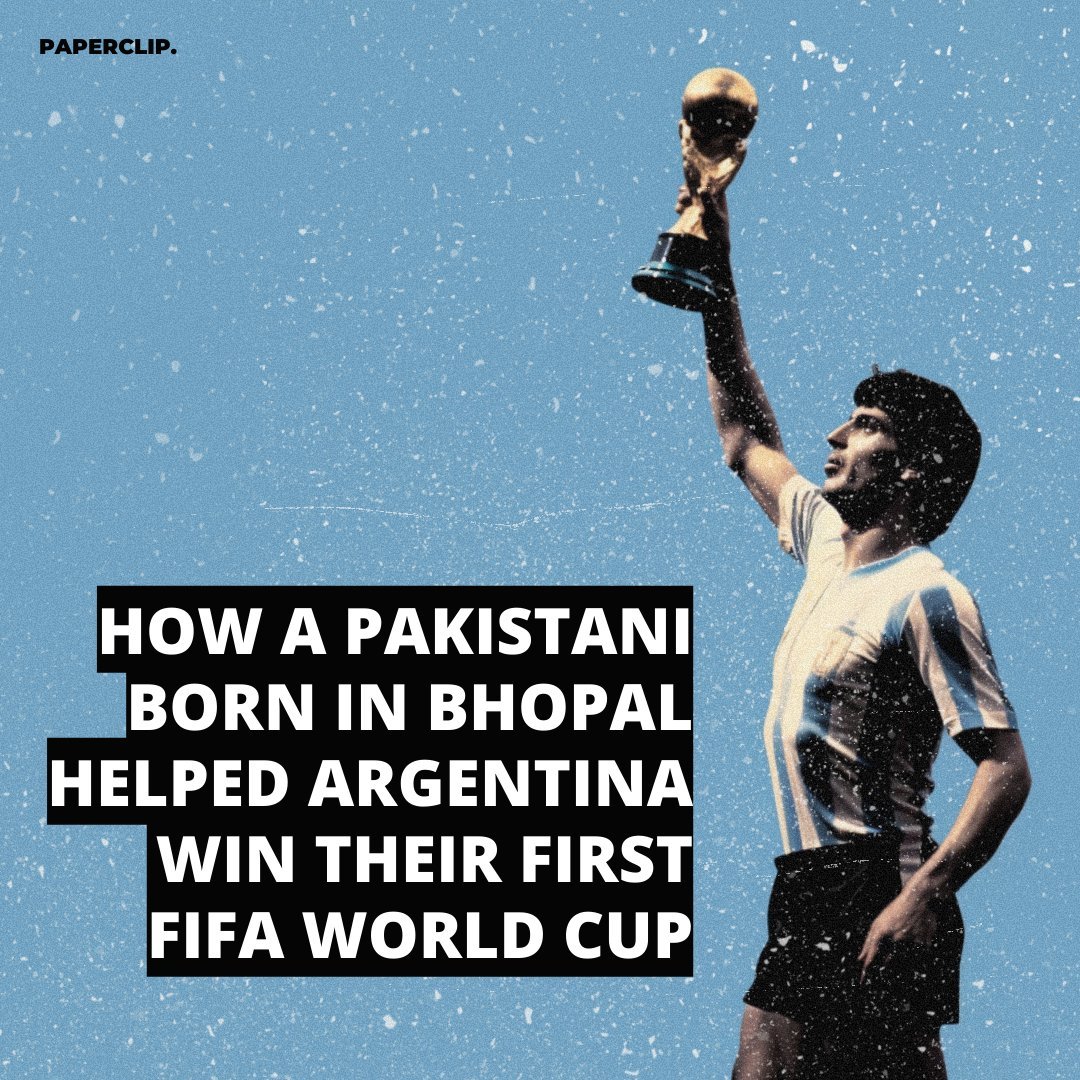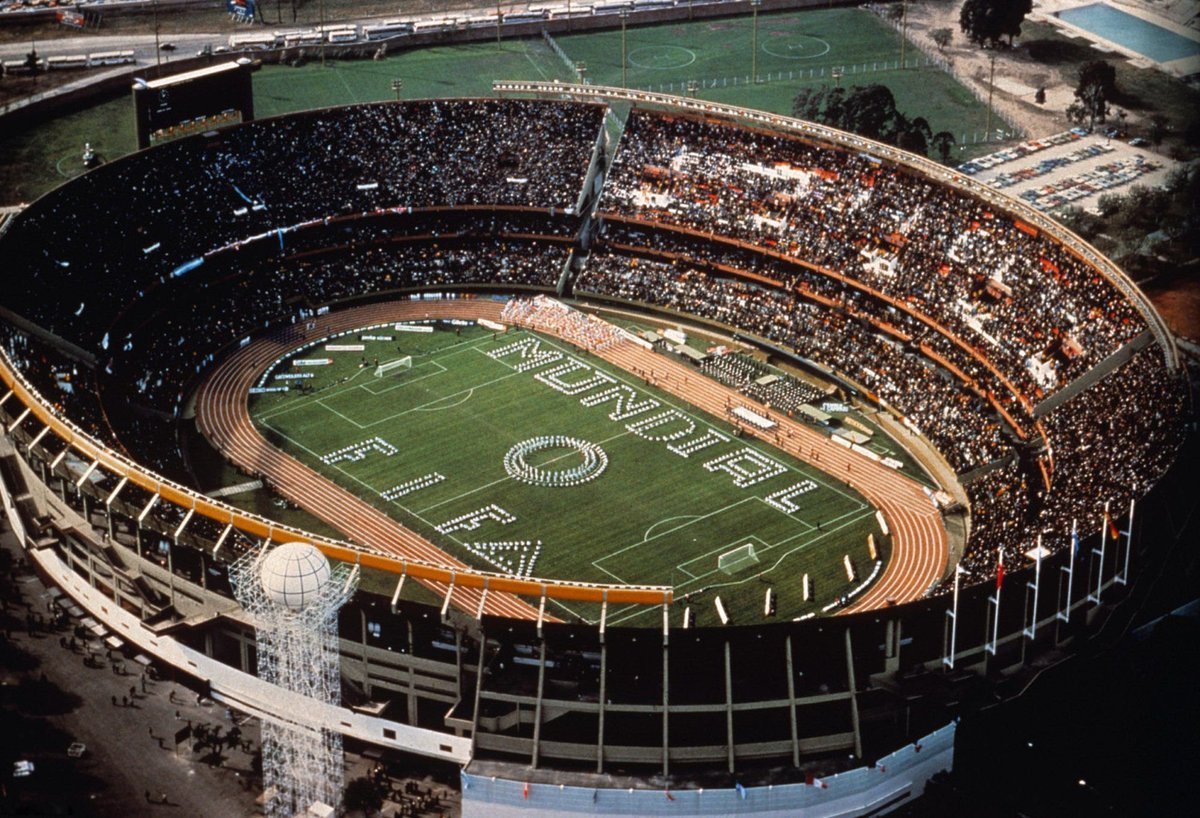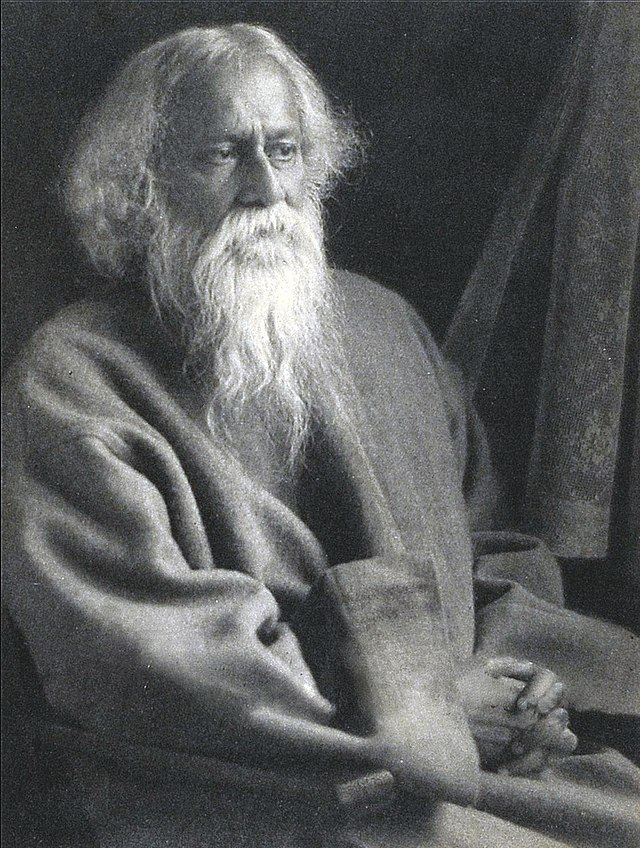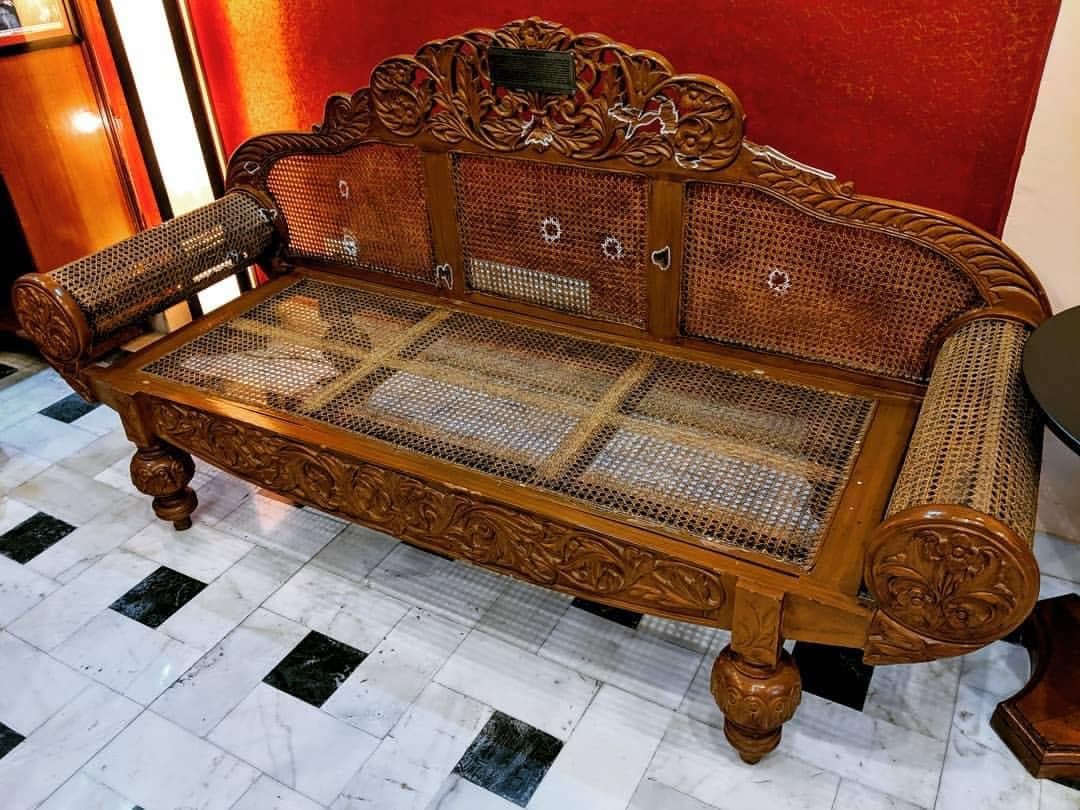#OTD 1980, India's first international car rally was flagged off from the Brabourne Stadium in Bombay. The seven-day Himalayan Rally drew a total of 84 cars of 29 makes for its inaugural competition. Some of the world's best drivers took part in the grueling race.
It was to be India’s entry into the international motor rally circuit. The rally however got off to an ominous start. People protesting the alleged waste of fuel and money hurled lathis and stones at the convoy of cars as it moved from Maharashtra to Madhya Pradesh. 

During the second leg of the rally at Bhind and Seondha, the anti-rally demonstrations turned even uglier. Windscreens were smashed some of the drivers were manhandled in a state of mindless violence. 

When the cars hobbled into Agra, it looked like they had driven through a battlefield. Lofty Drews, co-driver of three-time Kenyan rally winner, Shekhar Mehta, angrily waved a rock that had crashed through the windscreen of their Opel.
By the time the cars reached Chandigarh, they had to be escorted by the police and it was decided the rally was to have a truncated end at Narkanda via Kandaghat and Dhalli. Going only about 4000 km in the end, well short of its original plan of 5300 km. 

Nazir Hoosein, founder of the Himalayan Rally Association said in aftermath of the events "Who knows if there will be a rally next year? The violence has spoilt it all. We have run into a loss and the advertisers are sore because of the unscheduled hours the rally took place at."
Sources: Associated Press, British Pathé and India Today.
• • •
Missing some Tweet in this thread? You can try to
force a refresh



